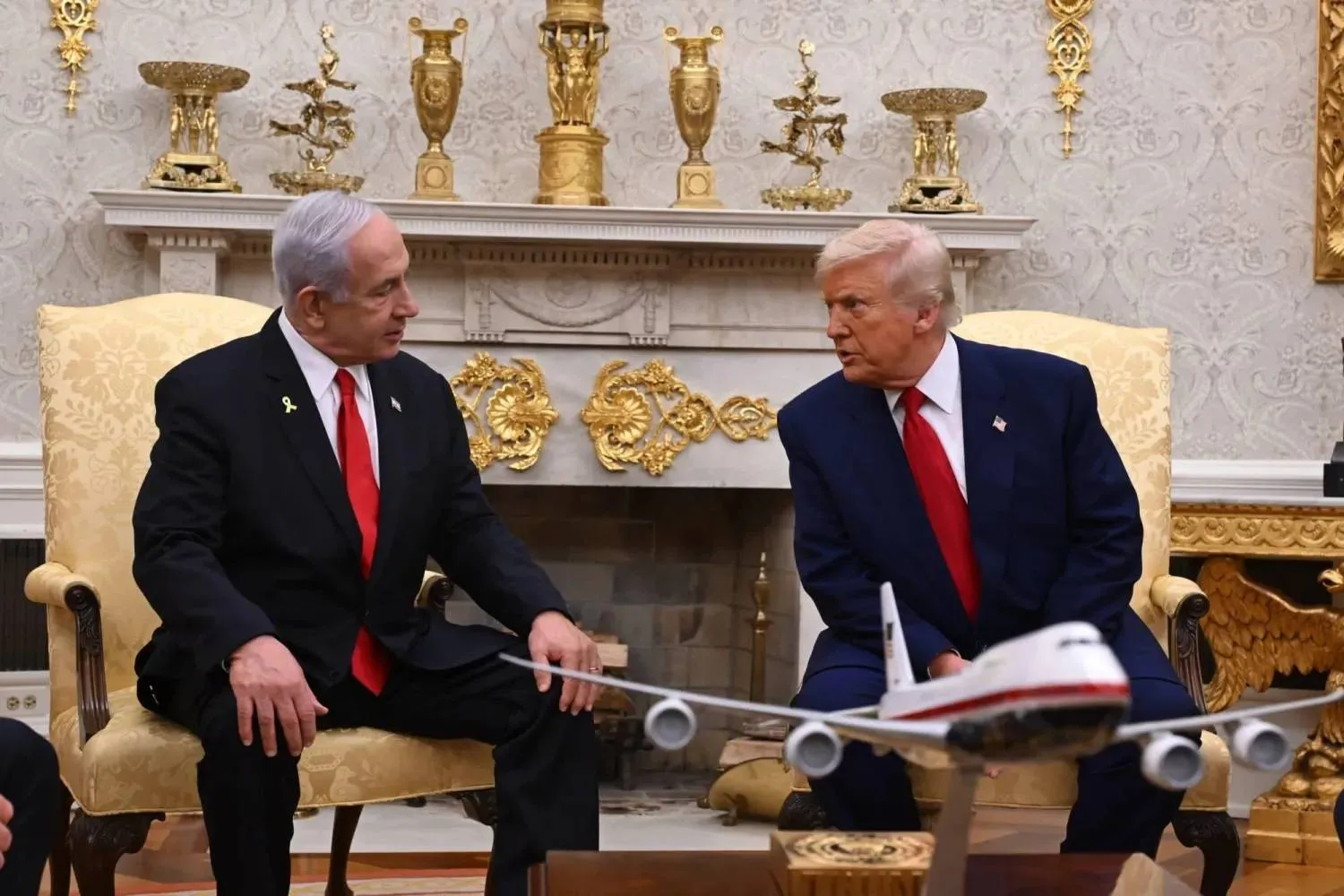The killing of three Israelis on Sunday in an armed attack by a Jordanian near the King Hussein-Allenby Bridge, from the Jordanian side, has brought attention to the three key border crossings linking Jordan and Israel. These points serve as vital land routes in the region.
While some of these crossings date back to World War I (1914–1918), their modern operation is regulated by the 1994 Jordan-Israel peace treaty, also known as the Wadi Araba Agreement. Here is what we know about them:
The Allenby Bridge (Israeli name) – King Hussein Bridge (Jordanian name) – Al-Karama Bridge (Palestinian name):
Located 57 kilometers from Amman, south of the Jordan Valley, this crossing sits geographically between the other two crossings. It is the only one designated for Palestinians traveling from Jericho.
According to Israeli border authorities, the bridge was originally built during World War I as a passage for British forces between the eastern and western banks of the Jordan River. Initially a simple wooden structure, it has evolved into one of the main crossings between the two sides.
Sheikh Hussein Bridge (Jordanian name) – Northern Crossing or Jordan River Crossing (Israeli name):
This crossing is located 90 kilometers north of Amman, close to the Sea of Galilee (Lake Tiberias).
Established as part of the Jordan-Israel peace agreement, it is used primarily for the passage of Israeli travelers, tourists, and the transport of goods between the two countries.
Wadi Araba Crossing or Southern Crossing (Jordanian name) – Yitzhak Rabin Crossing (Israeli name since 2002):
The southernmost border crossing between Israel and Jordan, it is situated 324 kilometers south of Amman and connects the cities of Eilat and Aqaba near the Red Sea.
This was the first crossing to open between Israel and Jordan following their peace agreement, and it is primarily used by Israelis and foreign tourists, either on foot or by car.







